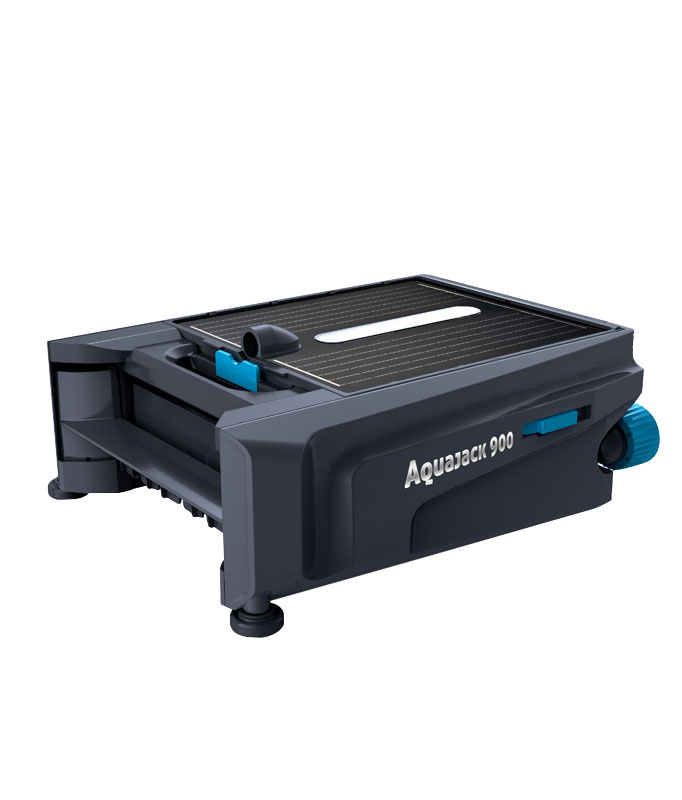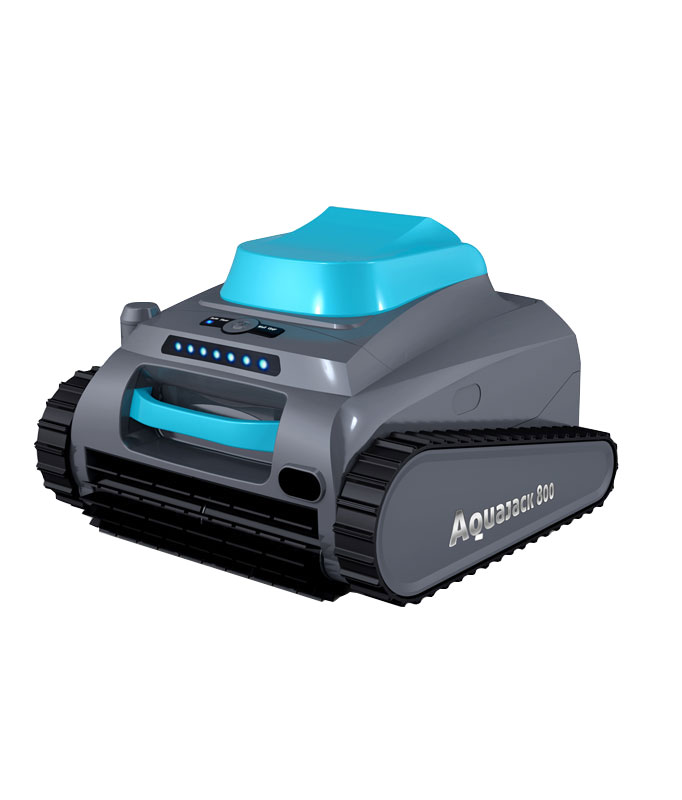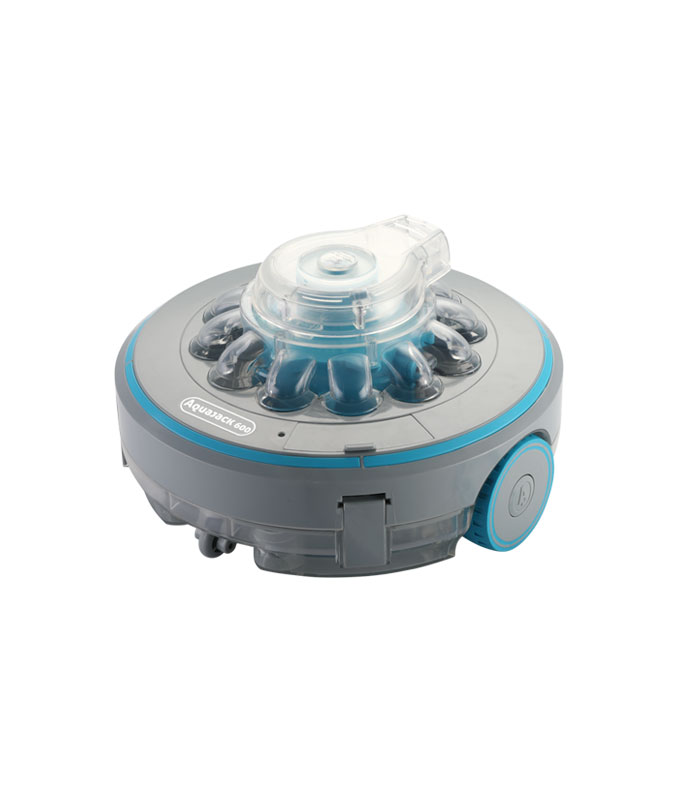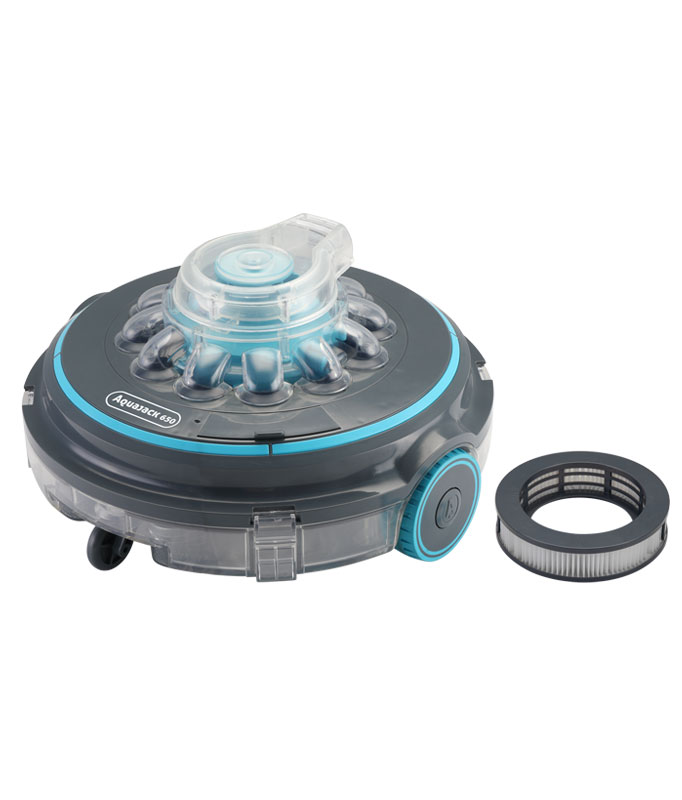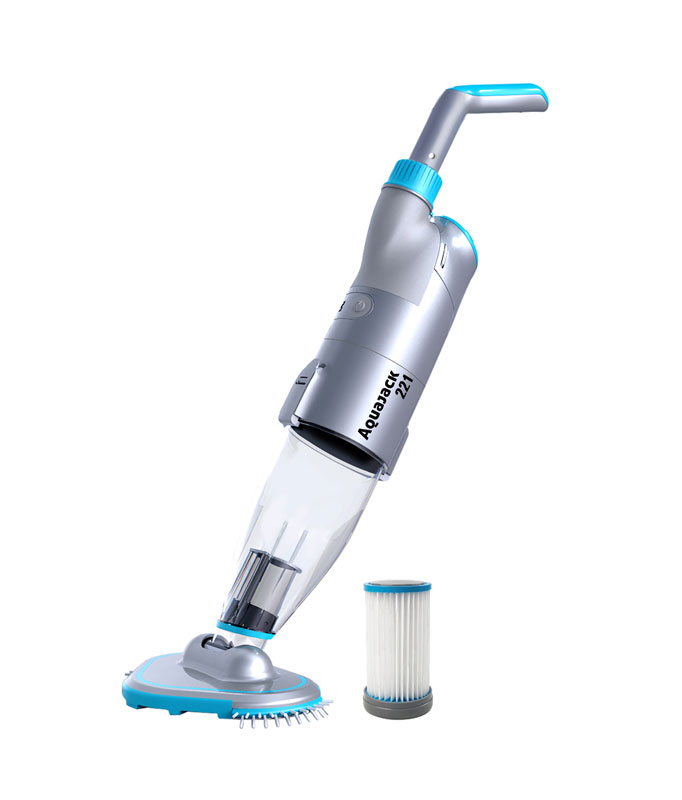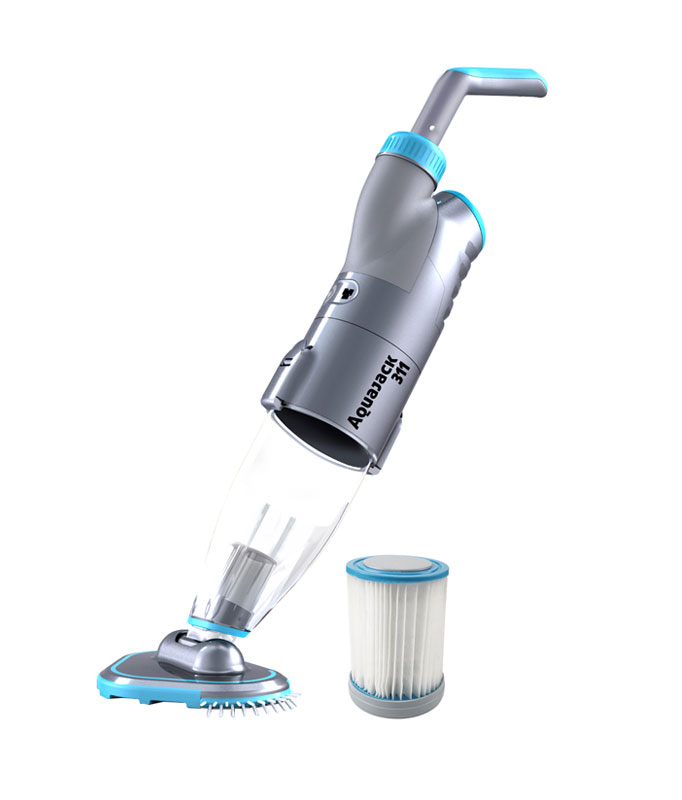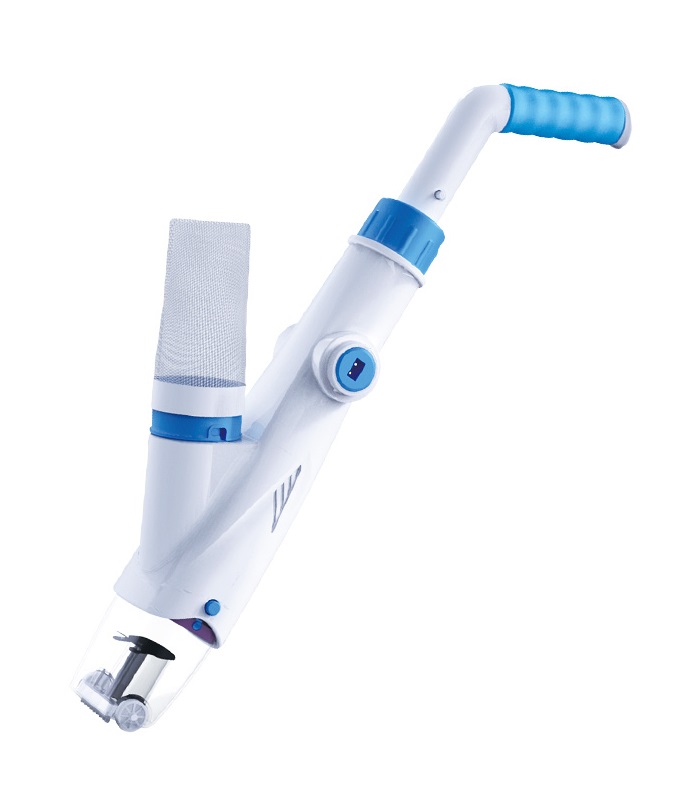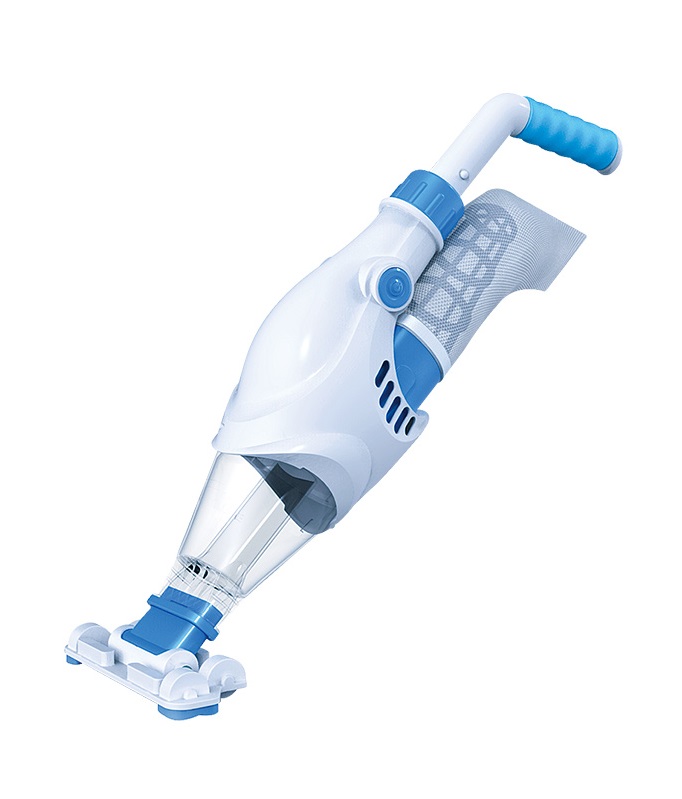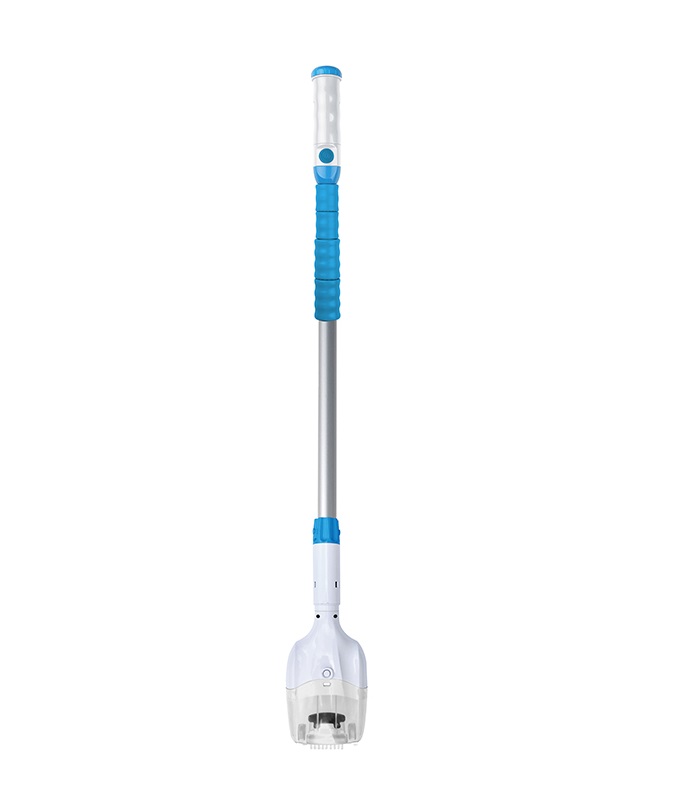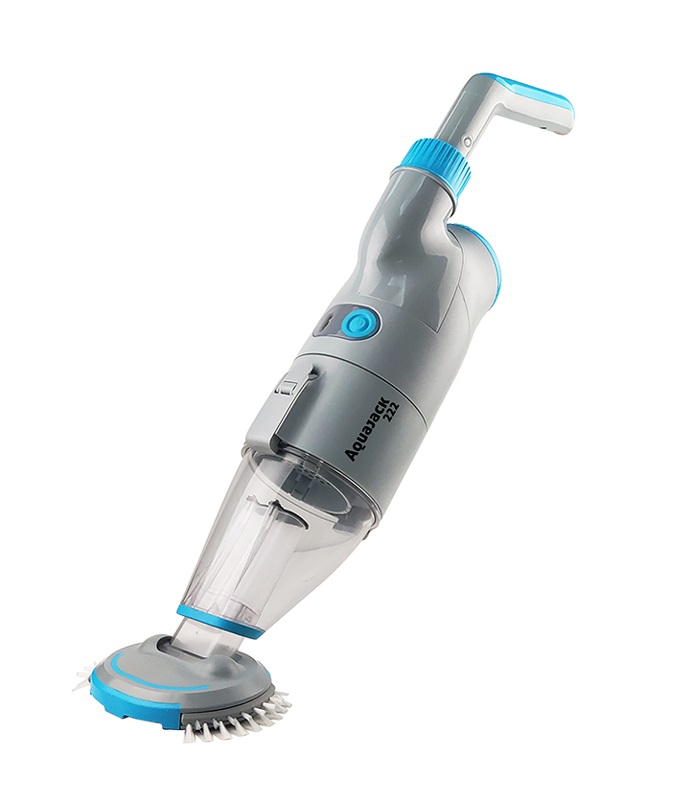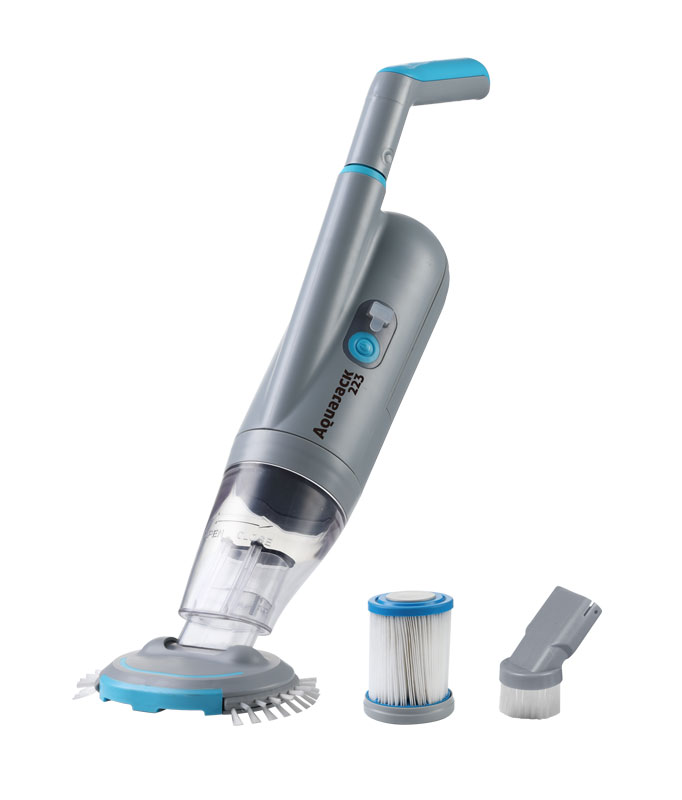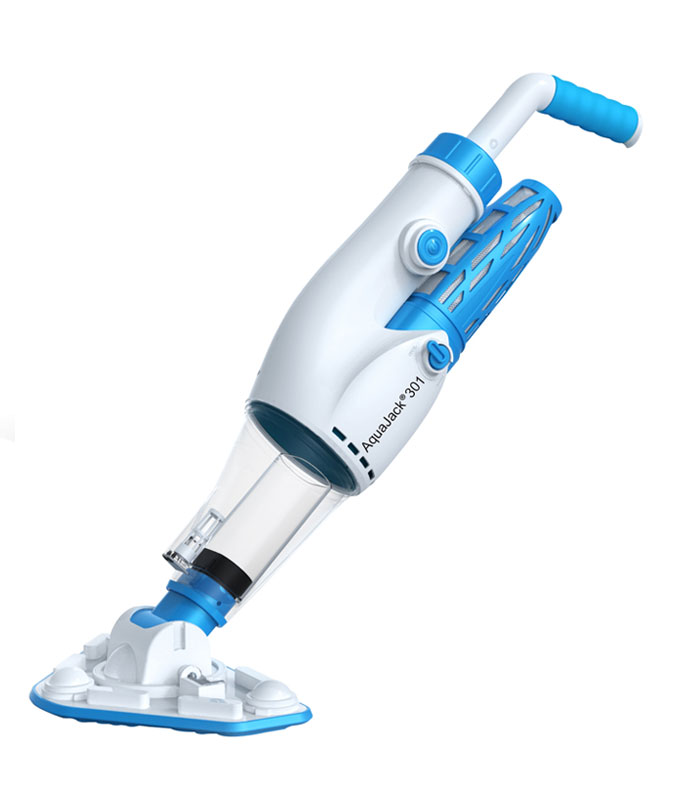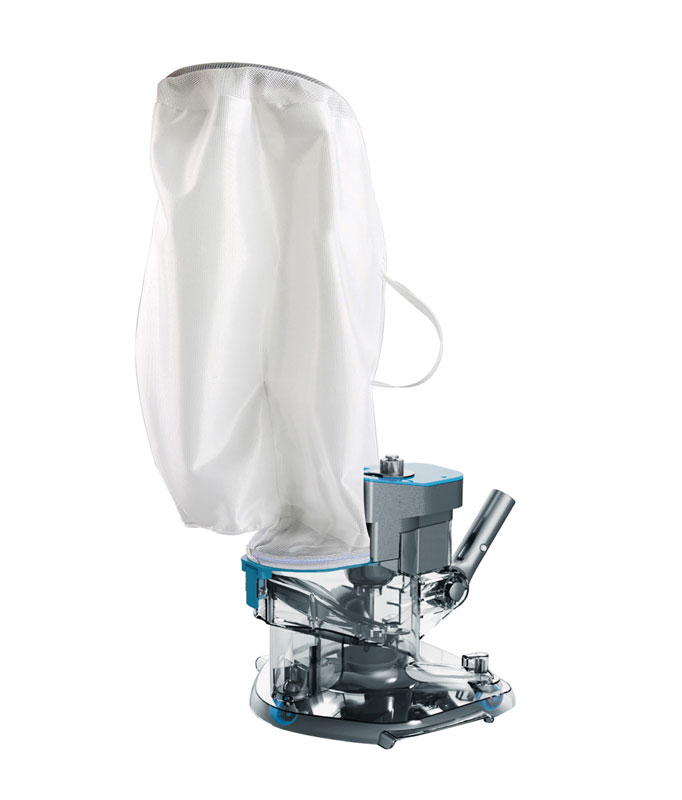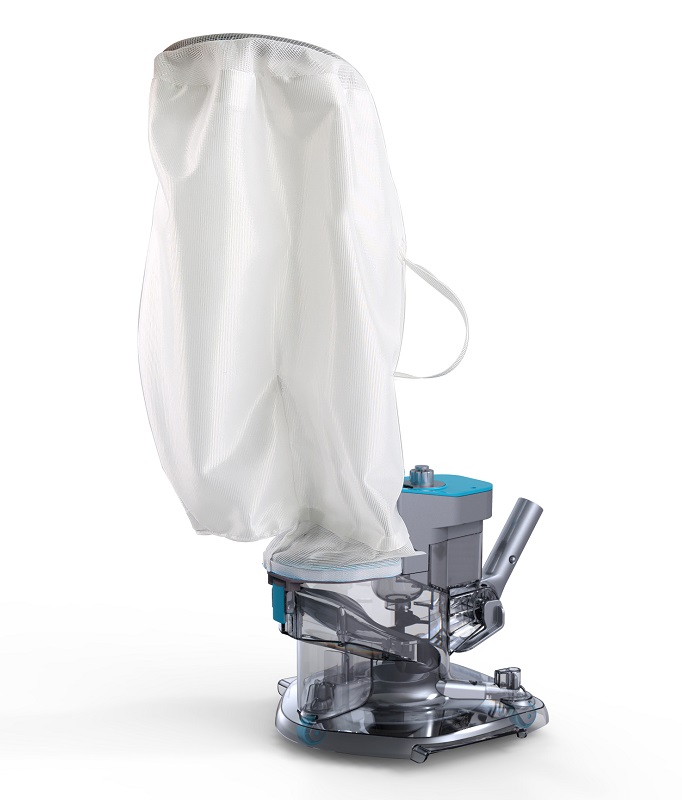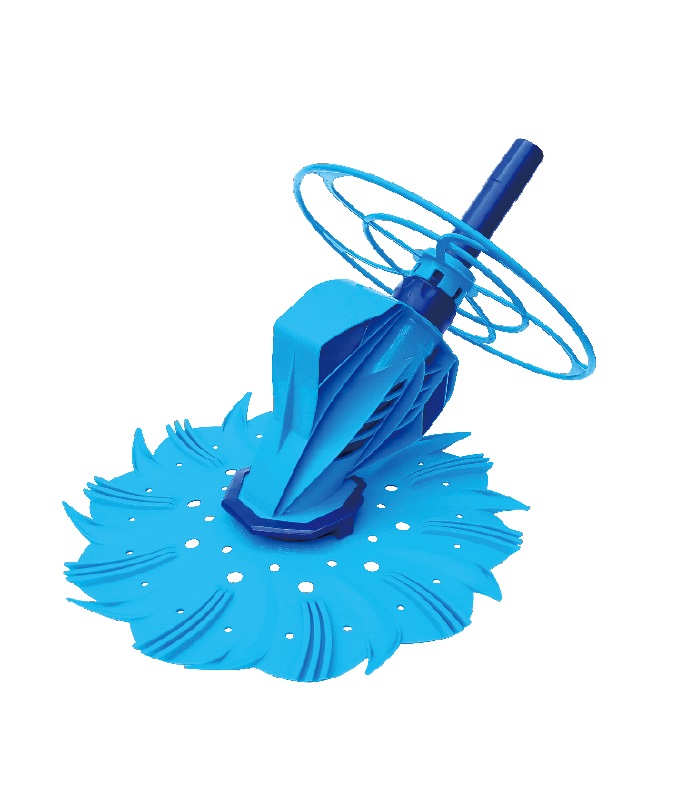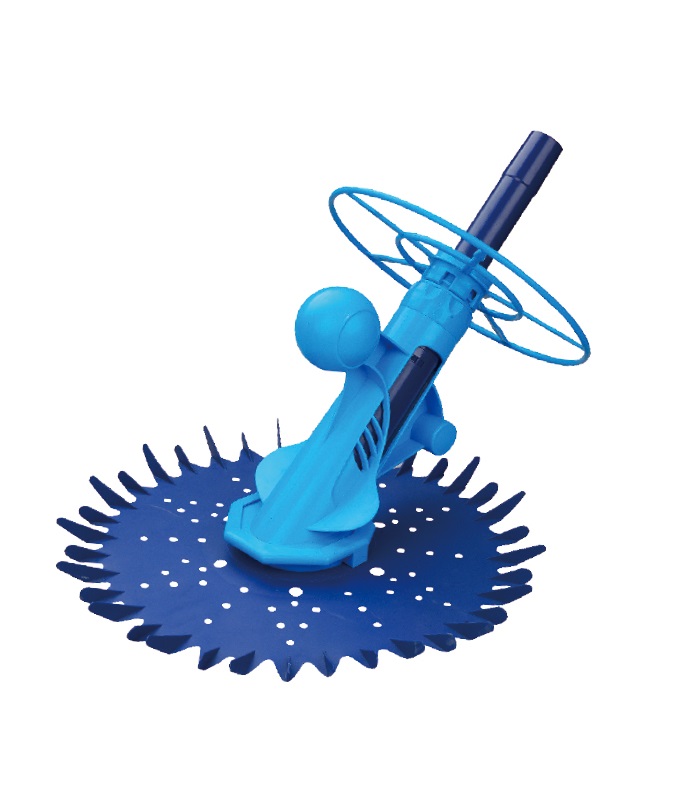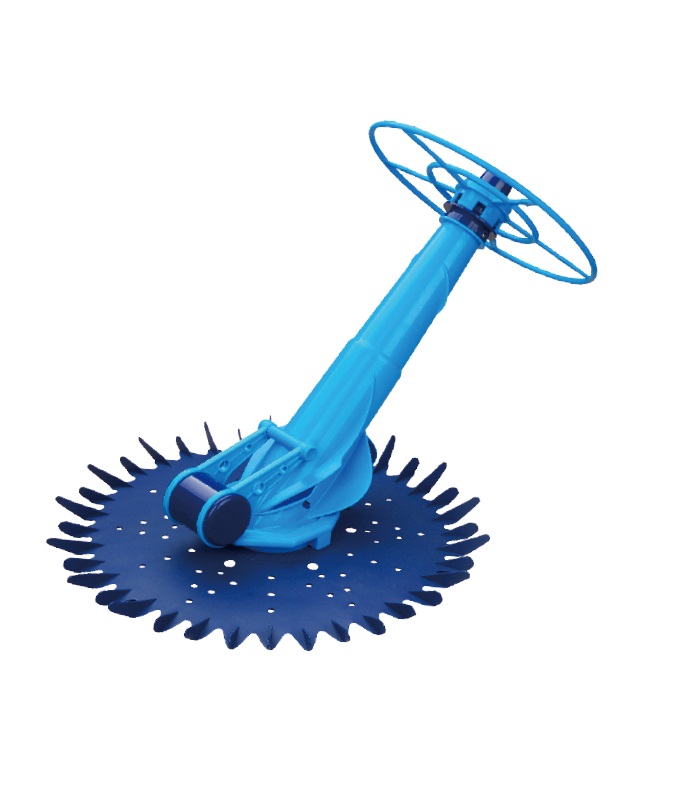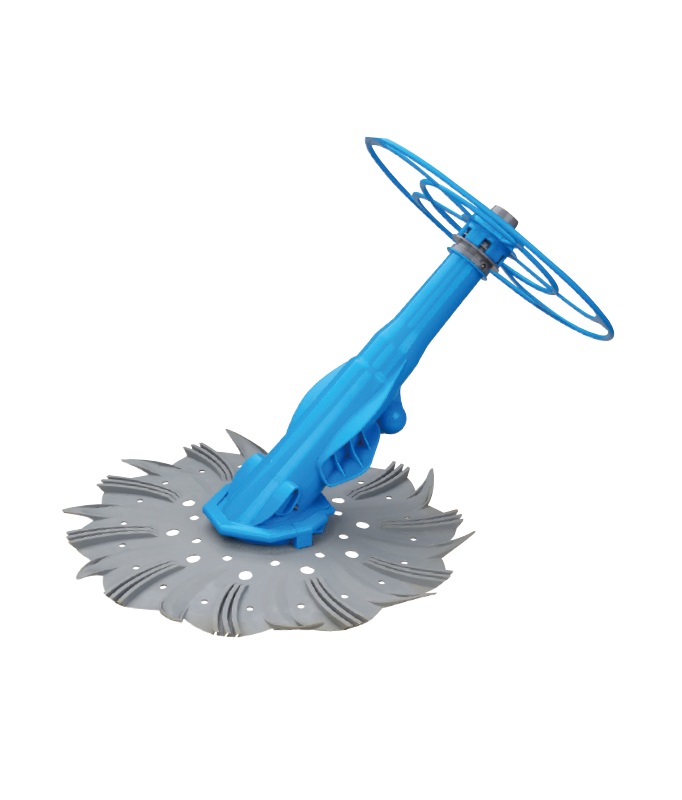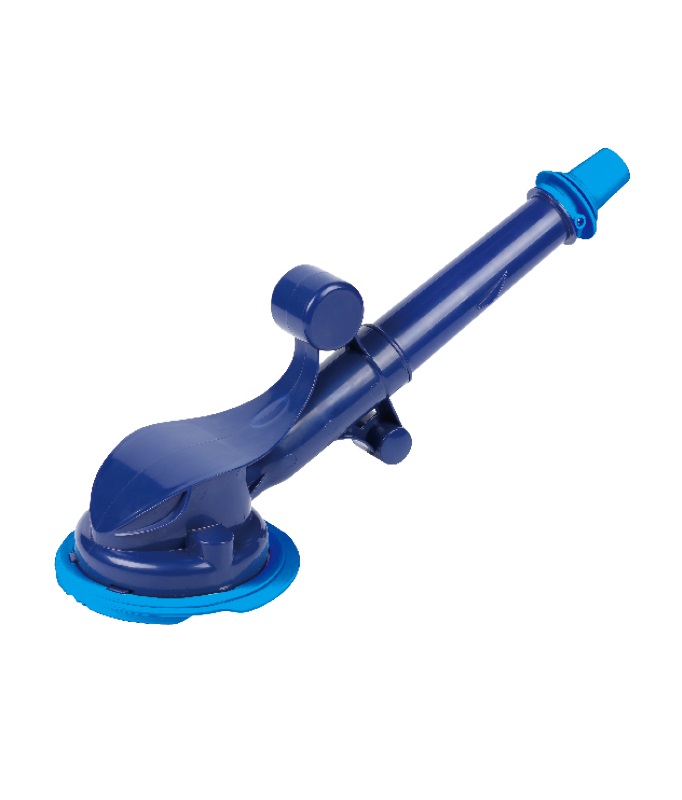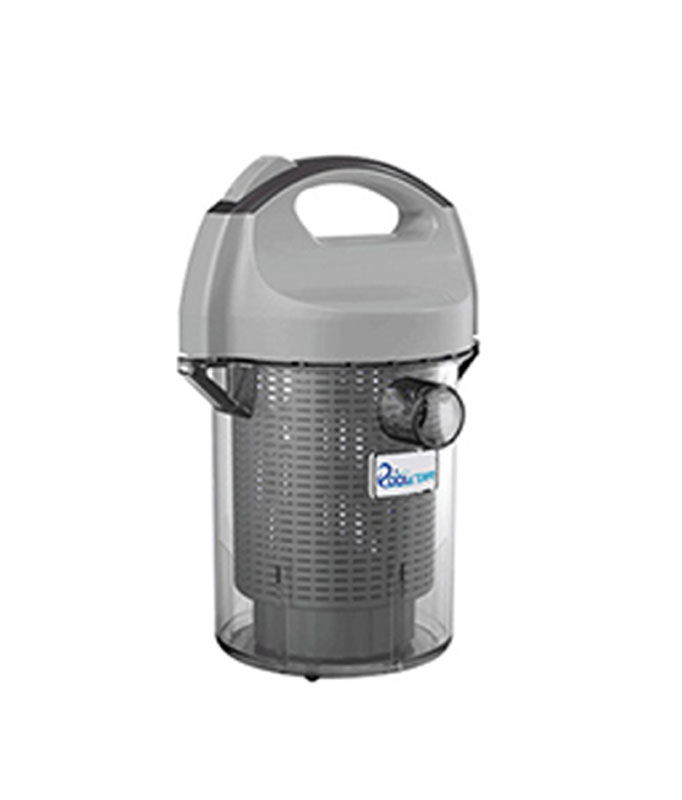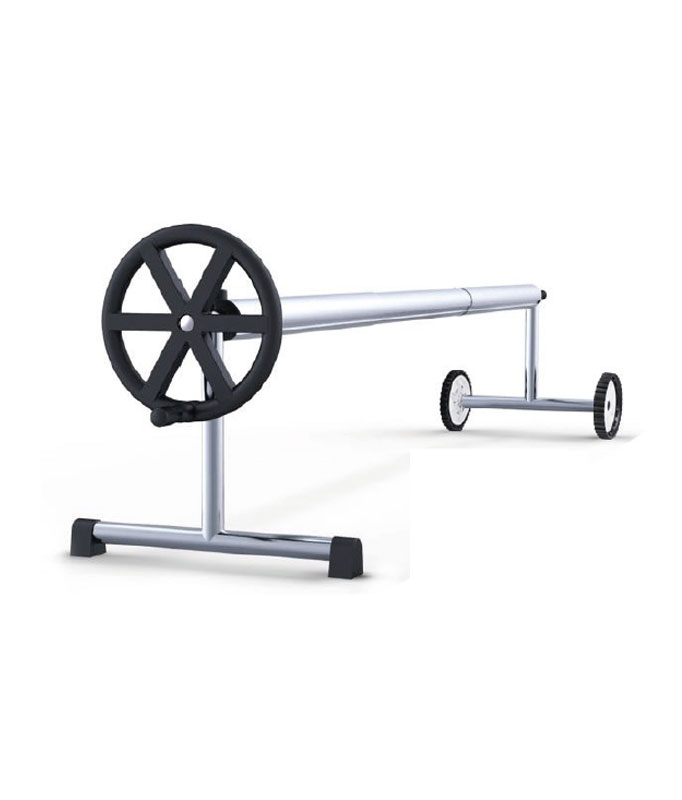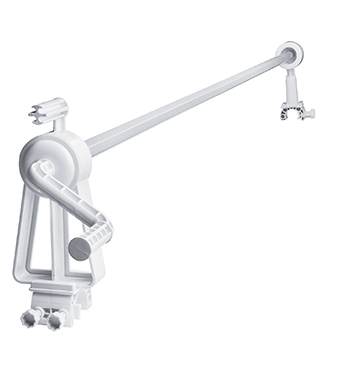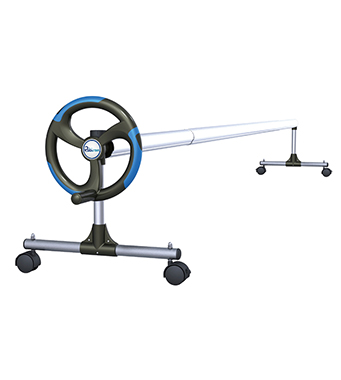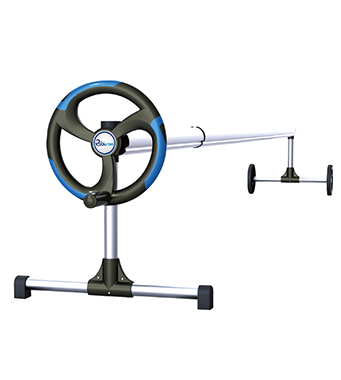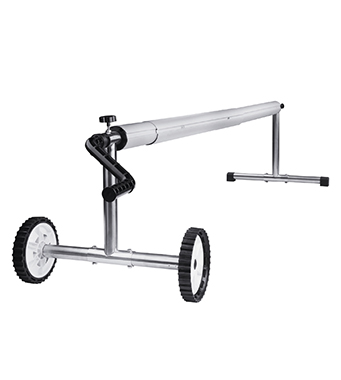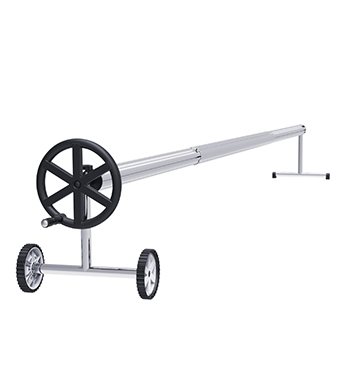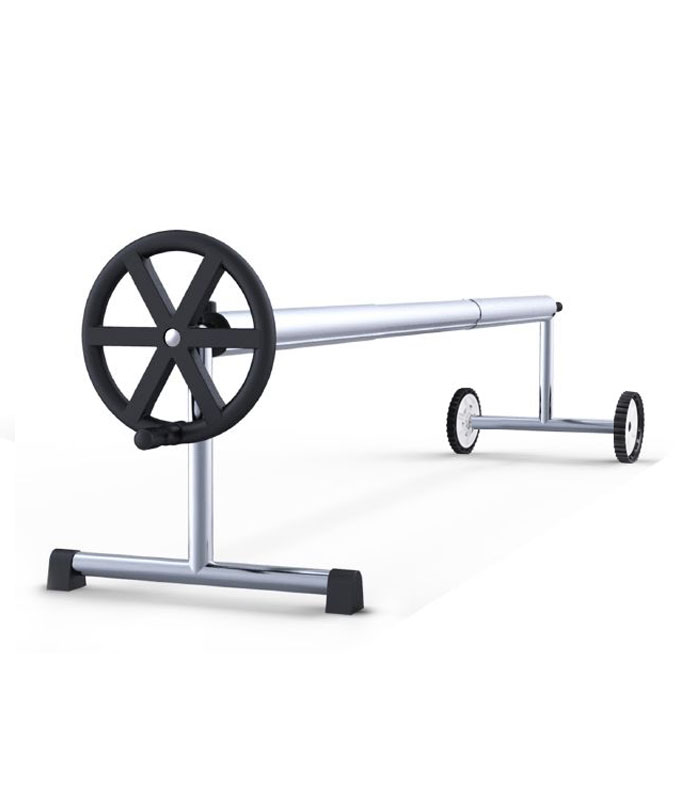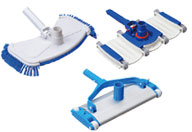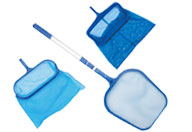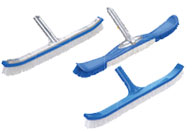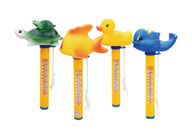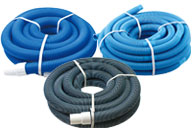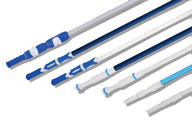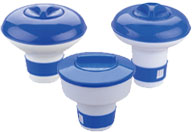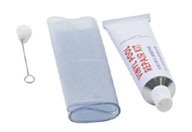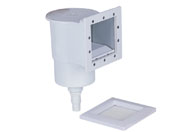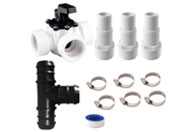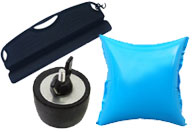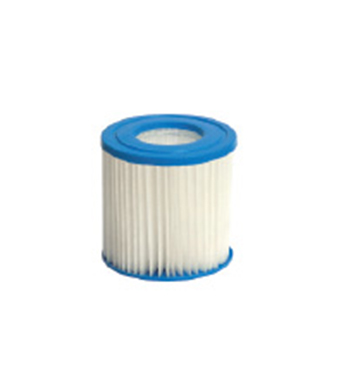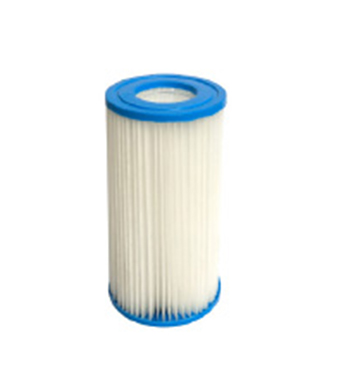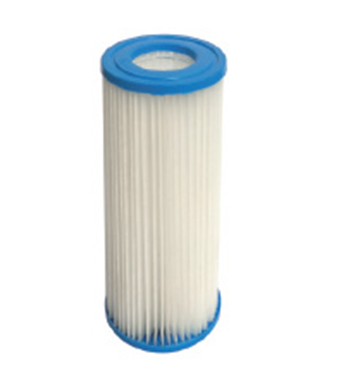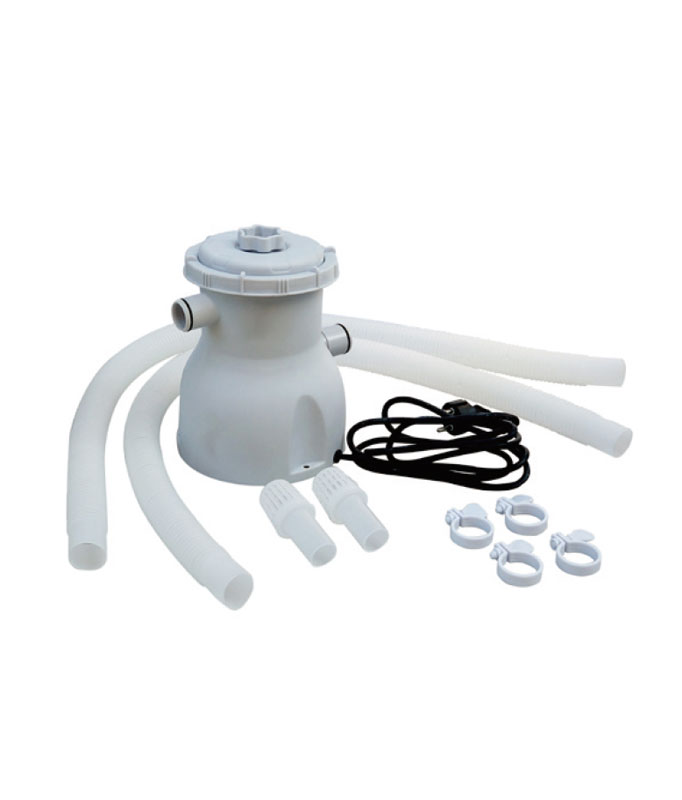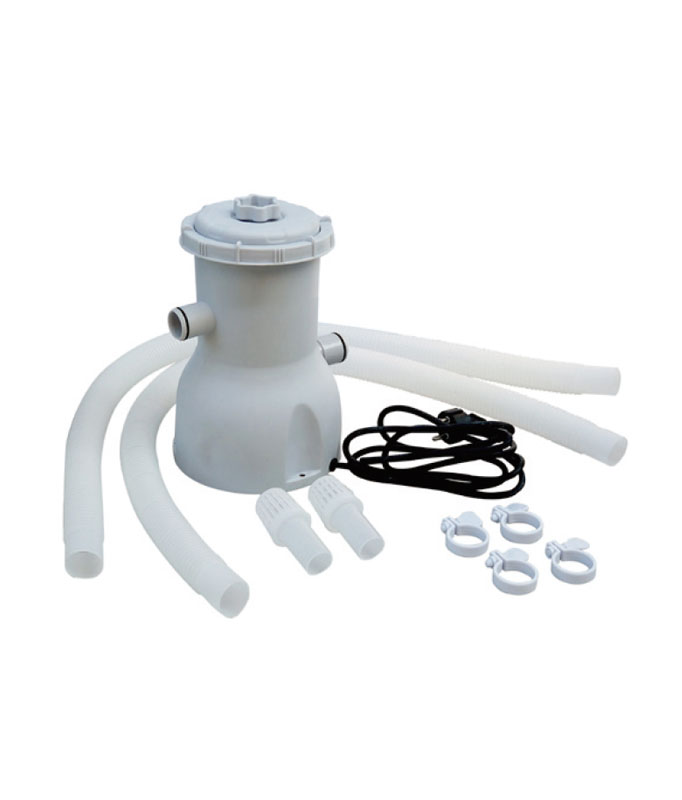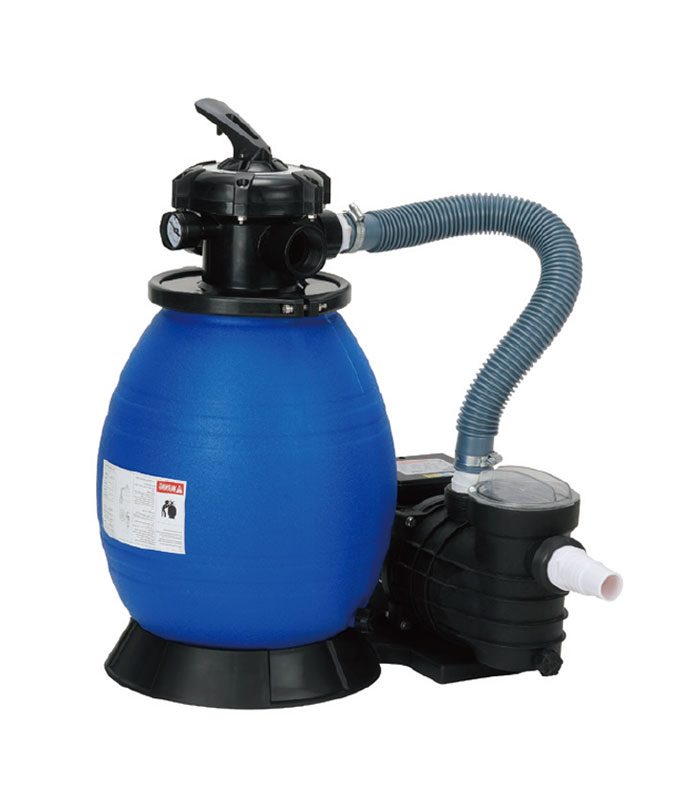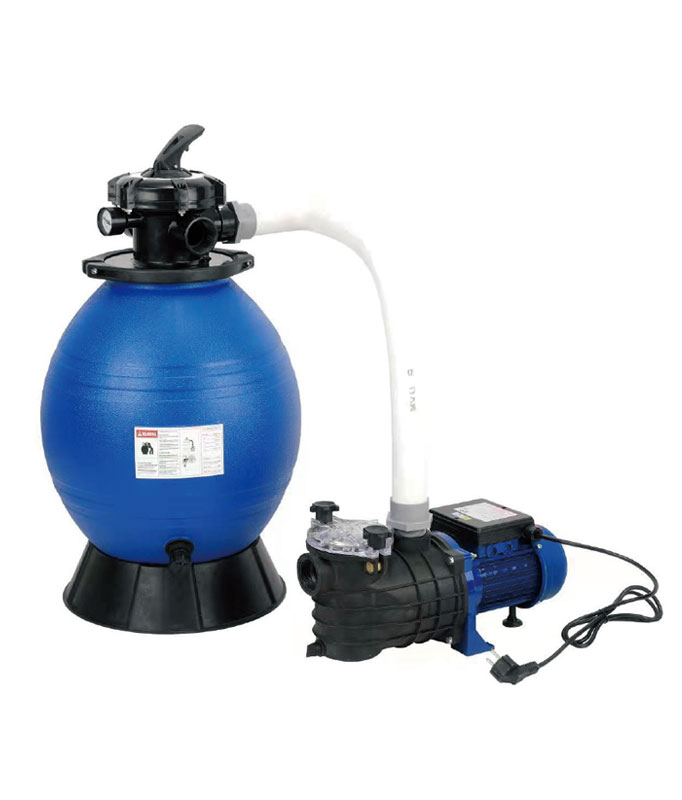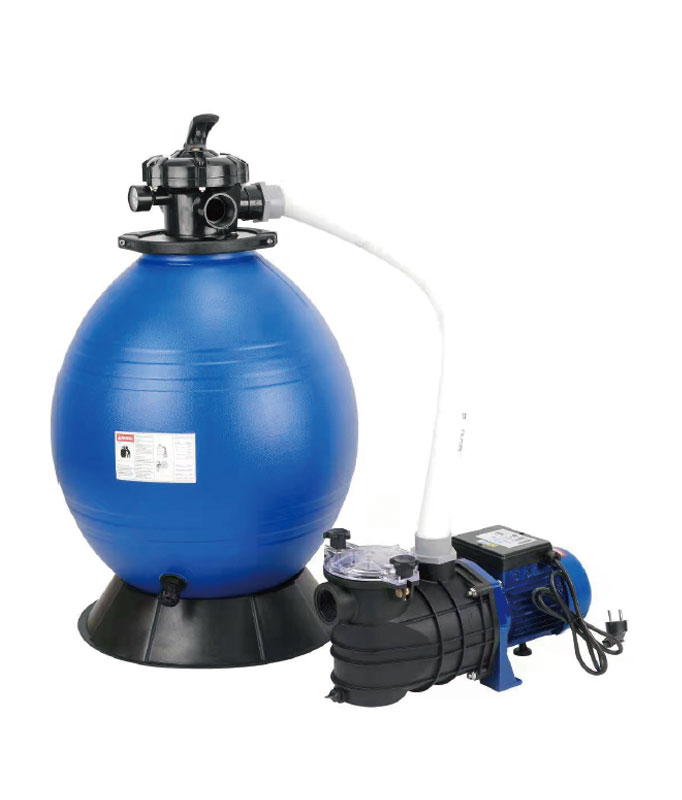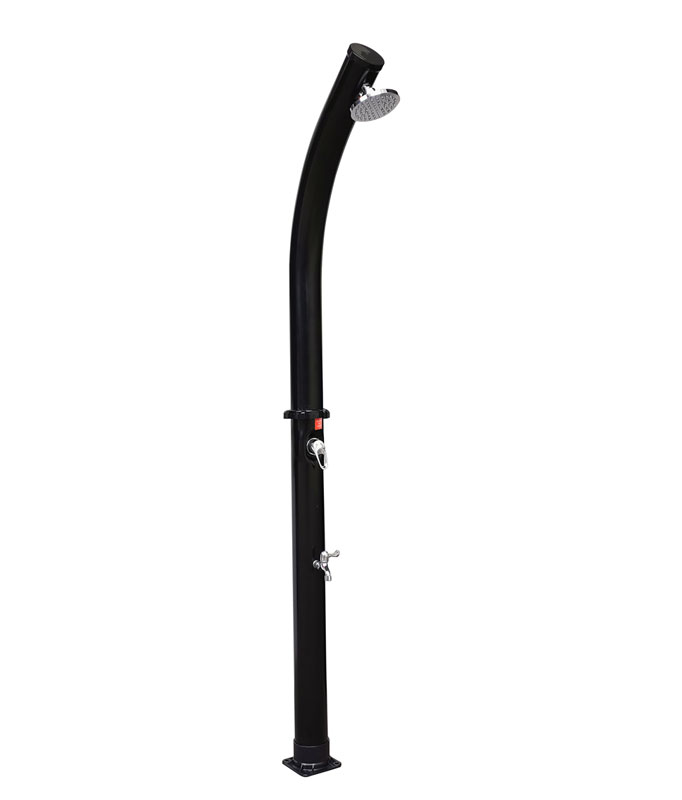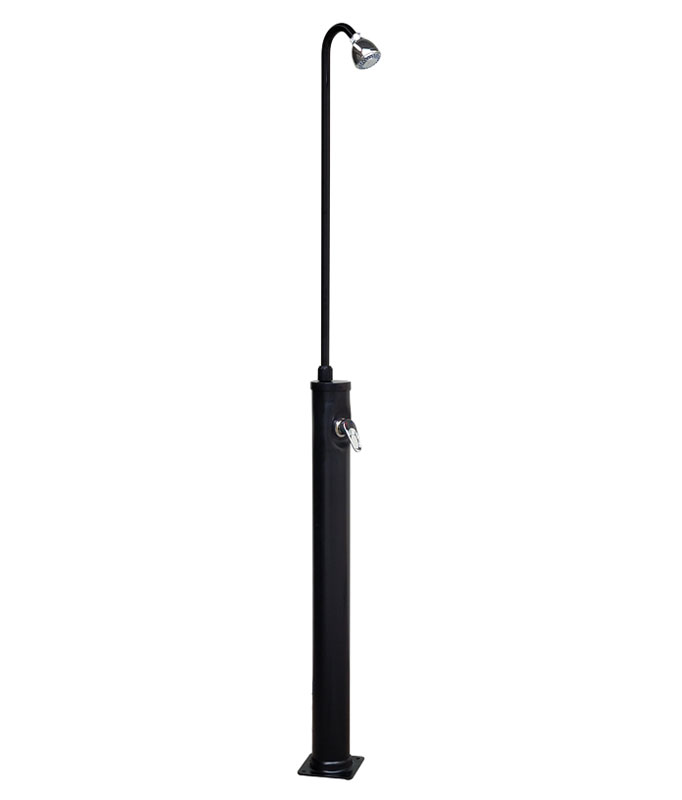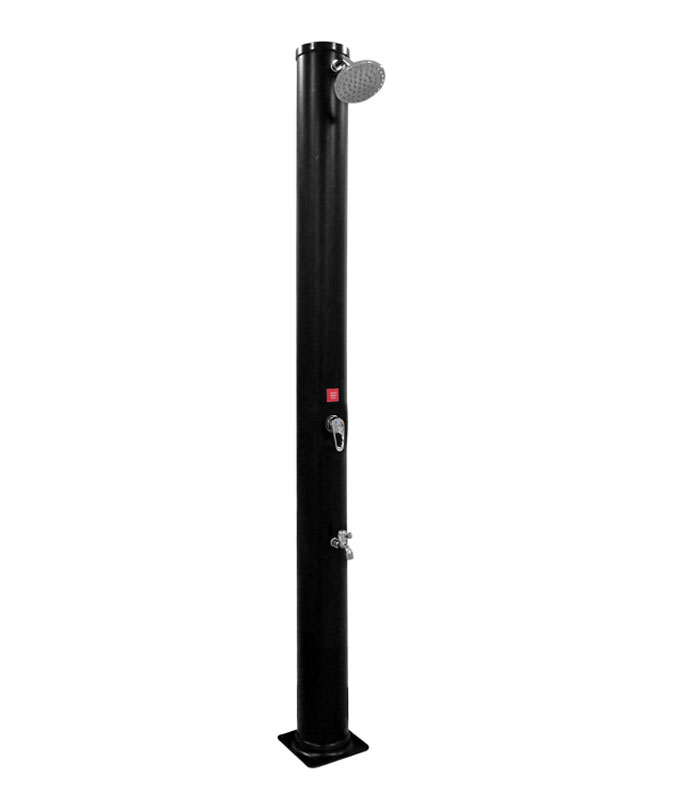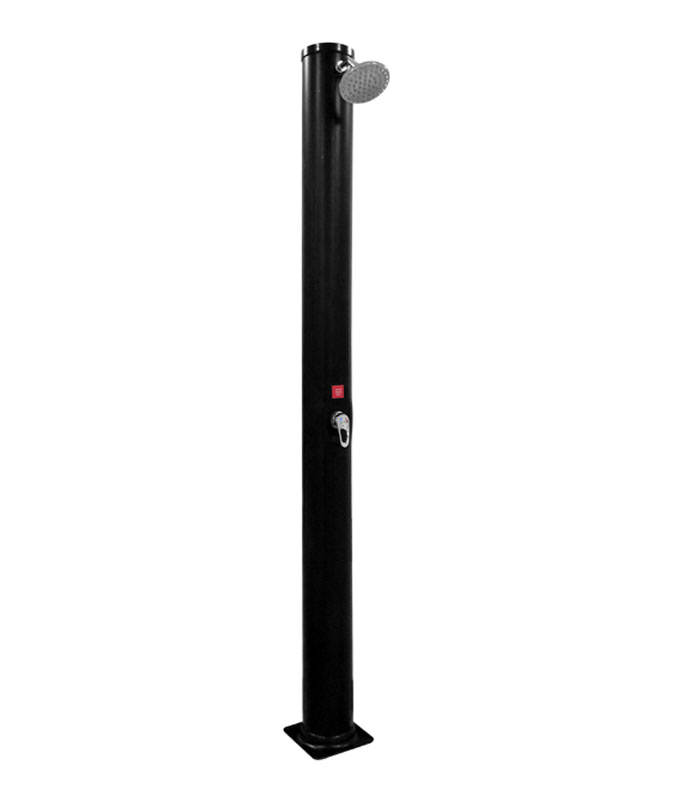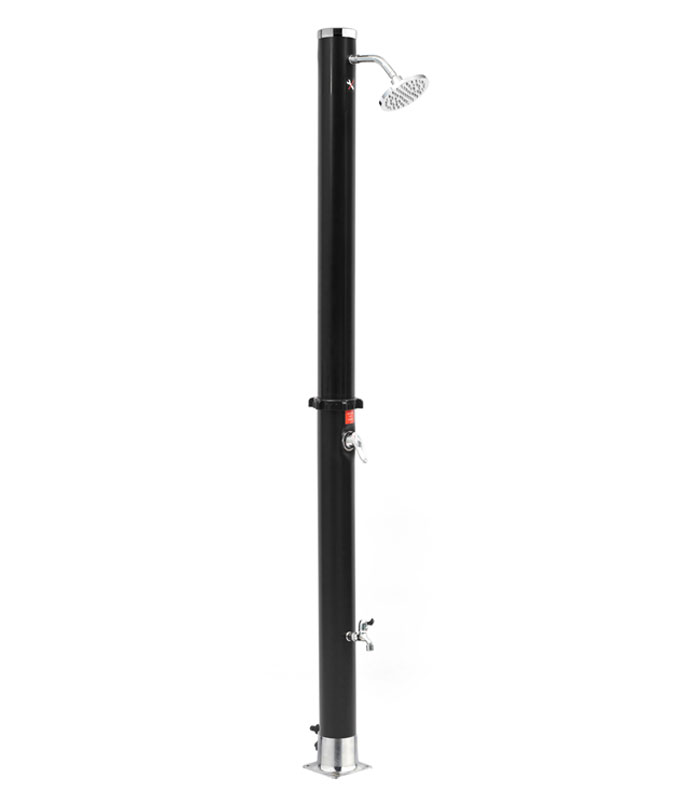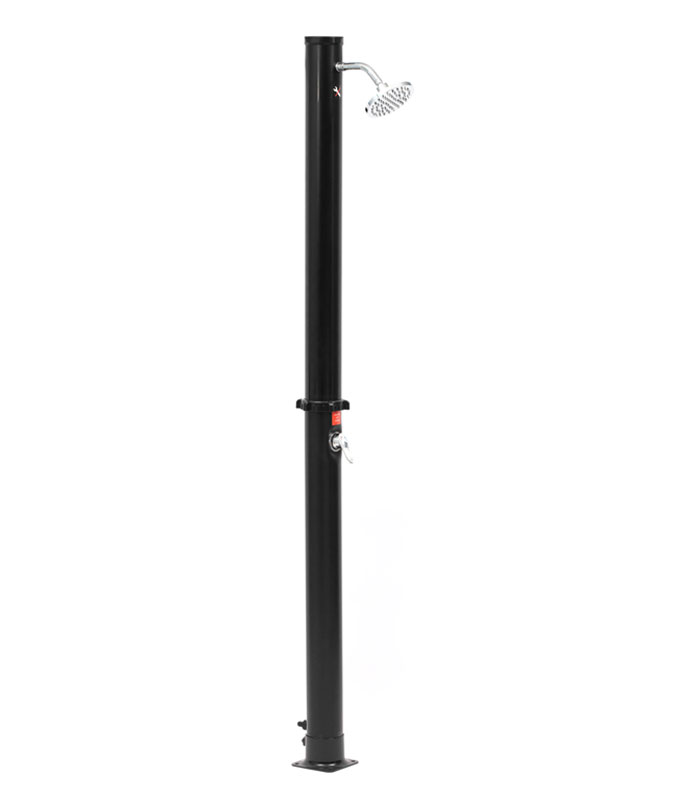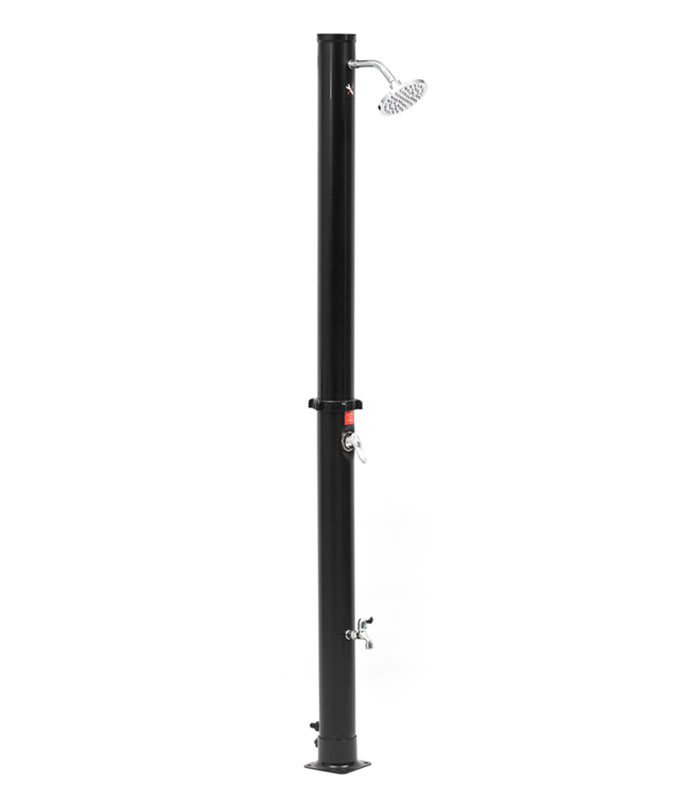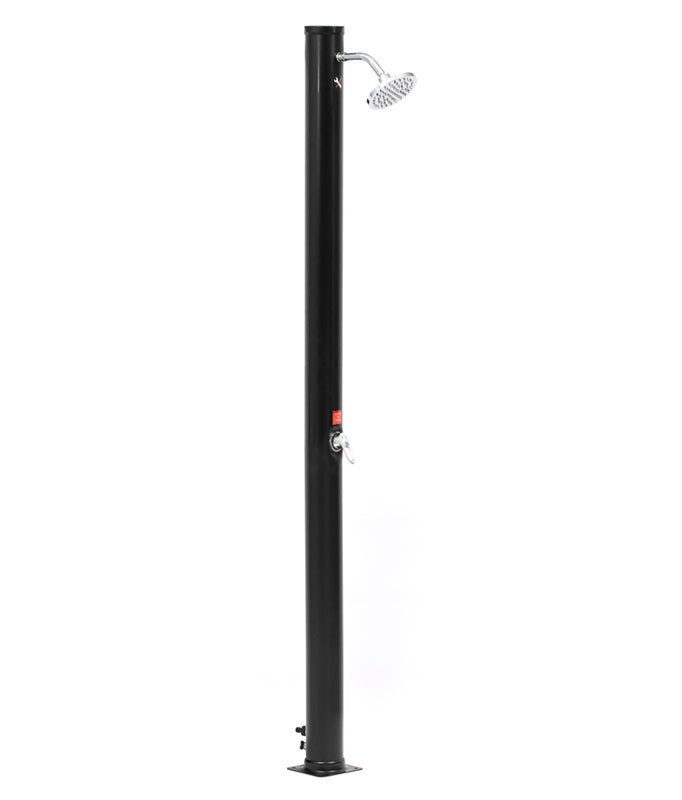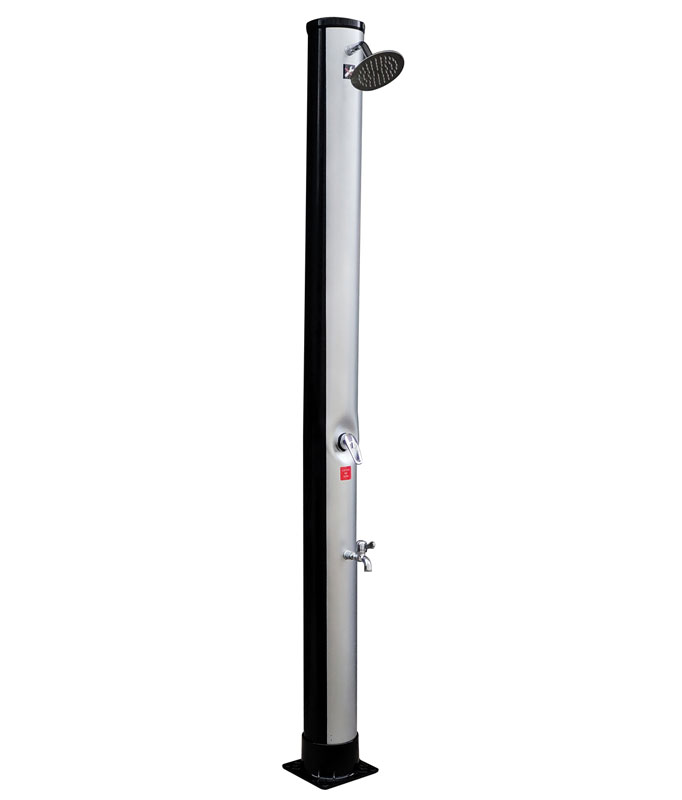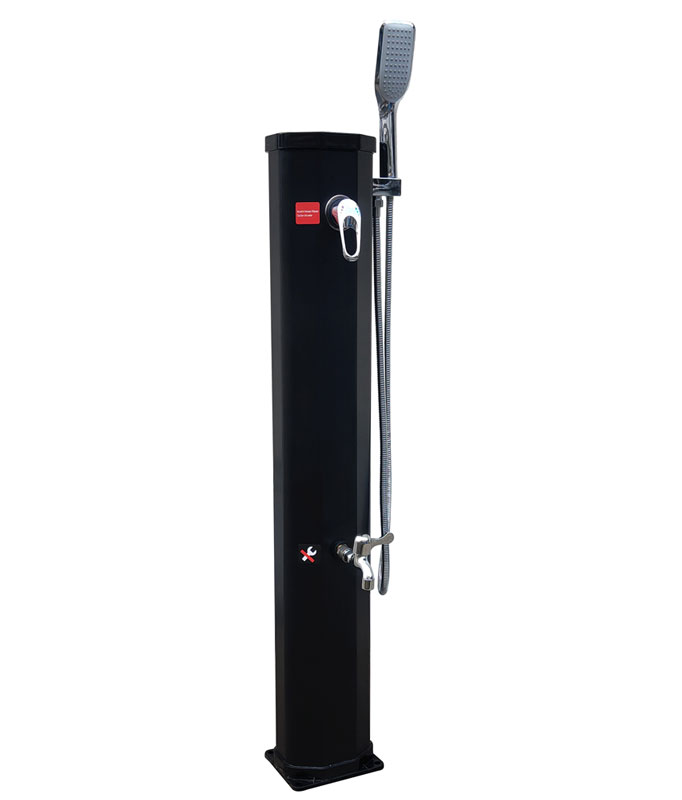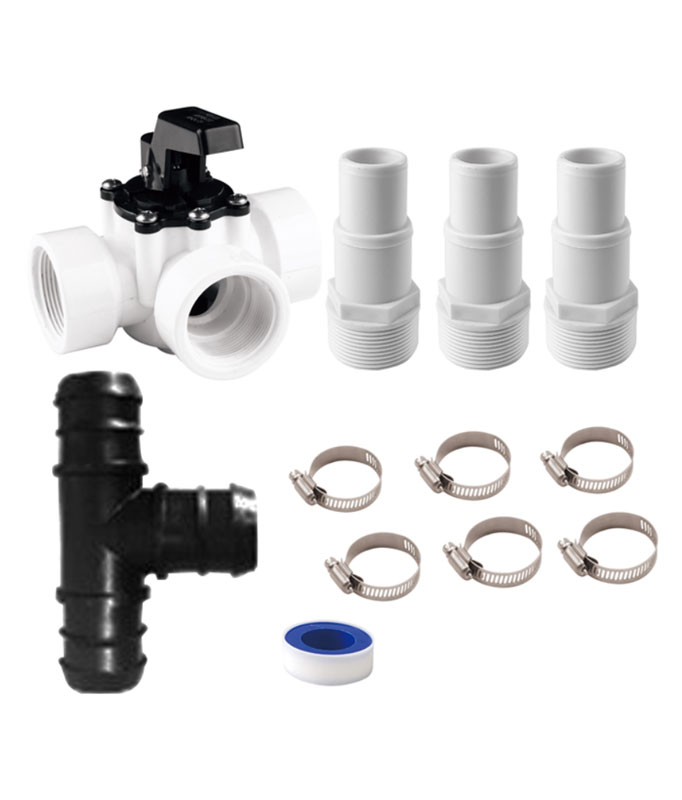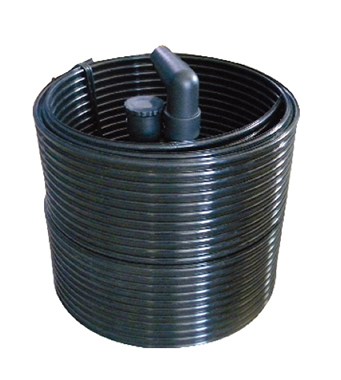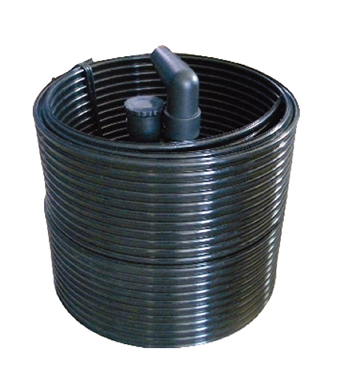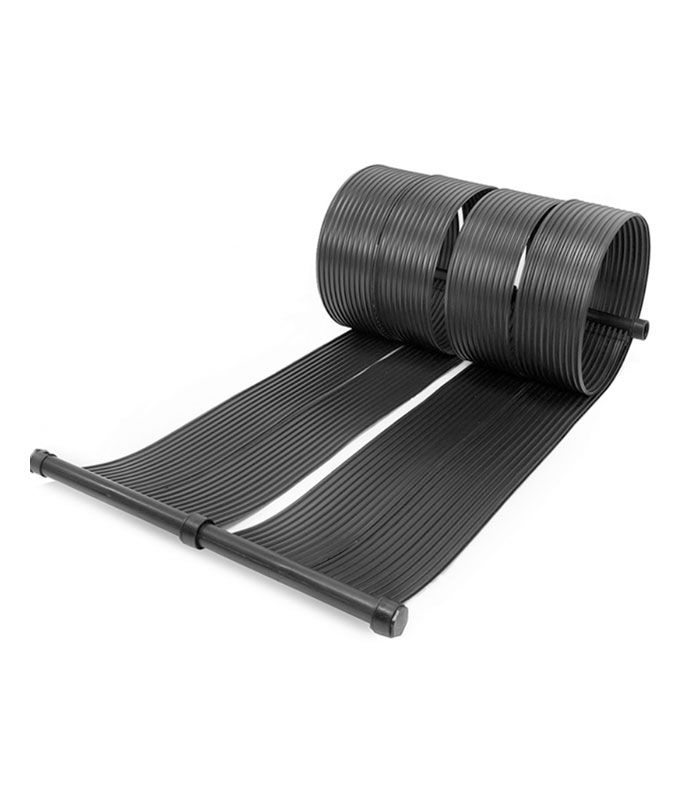CE compliance plays a critical role in ensuring your portable pool vacuum cleaner meets European safety and quality standards. It safeguards users by minimizing risks and enhances trust among consumers. Moreover, compliance opens doors to the European market, boosting product credibility. The low-voltage safety mode of the portable pool vacuum cleaner: meets the EU CE certification, ensuring safe and efficient operation. Learn more about certified models like the AquaJack 211 at https://www.cnpoolstar.com/product/aquajack211-handheld-swimming-pool-vacuum-cleaner-10.html.
Key Takeaways
- CE compliance is needed to sell pool vacuums in Europe. It keeps users safe and earns their trust.
- Do a detailed risk check to find possible dangers. This step is key for keeping users safe and making the product work well.
- Make a full technical file and a Conformity Declaration. These papers prove the product meets EU rules.
Understanding CE Compliance for Portable Pool Vacuum Cleaners
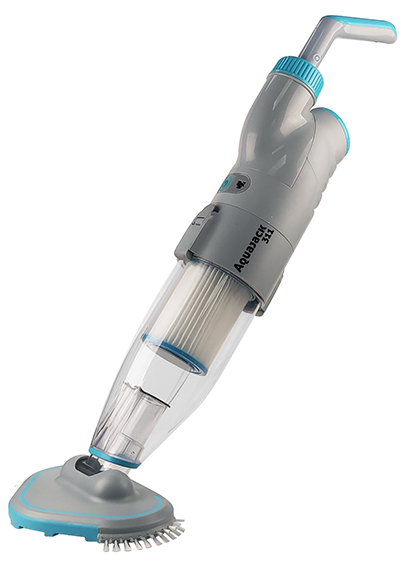
What is CE compliance, and why is it important?
CE compliance ensures that your pool vacuum cleaner meets the European Union's safety, health, and environmental protection standards. It acts as a passport for your product to enter the European market. Without this certification, you cannot legally sell your pool vacuum cleaner in EU countries. Beyond legality, CE compliance demonstrates your commitment to quality and safety. It reassures consumers that your product has undergone rigorous testing and meets high standards. This builds trust and enhances your brand's reputation.
The low-voltage safety mode of the portable pool vacuum cleaner: meets the EU CE certification
The low-voltage safety mode of the portable pool vacuum cleaner: meets the EU CE certification, ensuring safe operation in wet environments. This feature minimizes the risk of electrical hazards, making it essential for user safety. When testing your pool vacuum cleaner, pay close attention to this mode. It must comply with the EU's Low Voltage Directive (LVD), which governs electrical equipment safety. By meeting this requirement, your product not only protects users but also aligns with European safety expectations.
Key EU directives and standards for pool vacuum cleaners
To achieve CE compliance, your pool vacuum cleaner must adhere to several EU directives. The Low Voltage Directive (LVD) ensures electrical safety, while the Electromagnetic Compatibility (EMC) Directive addresses interference with other devices. Additionally, the Restriction of Hazardous Substances (RoHS) Directive limits the use of harmful materials in your product. Familiarize yourself with these standards to ensure your pool vacuum cleaner meets all necessary requirements. Compliance with these directives guarantees that your product is safe, reliable, and environmentally friendly.
Steps to Test Your Pool Vacuum Cleaner for CE Compliance
Conducting a risk assessment for safety and performance
You must begin by identifying potential risks associated with your pool vacuum cleaner. This step ensures that your product operates safely under various conditions. Evaluate hazards such as electrical malfunctions, overheating, or mechanical failures. Pay close attention to the low-voltage safety mode of the portable pool vacuum cleaner: meets the EU CE certification. This feature is critical for ensuring user safety in wet environments.
To conduct a thorough risk assessment:
- List all possible failure scenarios.
- Test the product under extreme conditions, such as high humidity or prolonged use.
- Document the results and implement design improvements to mitigate risks.
Tip: Use established risk assessment frameworks like Failure Mode and Effects Analysis (FMEA) to systematically identify and address potential issues.
Testing for environmental impact and energy efficiency
Environmental compliance is a key aspect of CE certification. You need to test your pool vacuum cleaner for energy efficiency and its impact on the environment. This includes evaluating power consumption, noise levels, and the recyclability of materials used in the product.
Steps to ensure compliance:
- Measure the energy consumption during operation and standby modes.
- Assess the noise output to ensure it meets EU standards.
- Verify that the materials used are non-toxic and recyclable.
Note: Products with energy-efficient designs not only meet CE requirements but also appeal to eco-conscious consumers.
Ensuring electromagnetic compatibility (EMC) compliance
Electromagnetic compatibility (EMC) testing ensures that your pool vacuum cleaner does not interfere with other electronic devices. This is a mandatory requirement under the EMC Directive. The low-voltage safety mode of the portable pool vacuum cleaner: meets the EU CE certification, which includes EMC compliance.
Key steps for EMC testing:
- Test the product in a controlled environment to measure electromagnetic emissions.
- Ensure that the cleaner operates without disrupting nearby devices like pool lighting or filtration systems.
- Address any issues by incorporating shielding or filtering components into the design.
Reminder: EMC compliance not only ensures legal approval but also enhances the reliability of your product in real-world conditions.
Verifying material safety and corrosion resistance
The materials used in your pool vacuum cleaner must be safe and durable. Corrosion resistance is particularly important since the product operates in water, often treated with chemicals like chlorine. Testing for material safety ensures compliance with the Restriction of Hazardous Substances (RoHS) Directive.
Steps to verify material safety:
- Conduct chemical analysis to confirm the absence of restricted substances.
- Test the product in chlorinated water to evaluate corrosion resistance.
- Inspect all components for wear and tear after prolonged use.
Pro Tip: Use stainless steel or high-quality plastics to enhance durability and reduce the risk of corrosion.
Preparing Documentation and Navigating the Certification Process
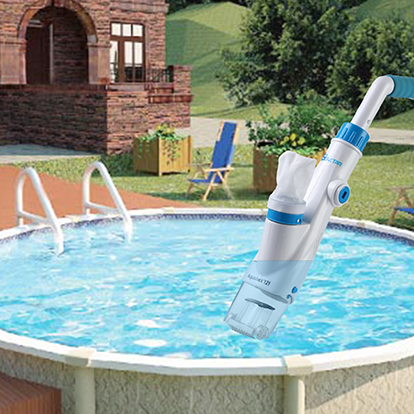
Creating a technical file and declaration of conformity
To achieve CE compliance, you must prepare a comprehensive technical file. This file serves as evidence that your pool vacuum cleaner meets all applicable EU directives and standards. It should include detailed information about the design, manufacturing process, and testing procedures.
Here’s what your technical file should contain:
- Product Description: Include details such as the model, serial number, and intended use of the pool vacuum cleaner.
- Design and Manufacturing Information: Provide schematics, technical drawings, and a list of components and materials used.
- Risk Assessment: Document the hazards identified during testing and the measures taken to mitigate them.
- Test Reports: Attach results from safety, EMC, and environmental impact tests.
- User Manual: Include instructions for safe operation, maintenance, and disposal.
Once the technical file is complete, you need to draft a Declaration of Conformity (DoC). This document is a formal statement that your product complies with all relevant EU directives. It should include:
- Your company’s name and address.
- Product identification details.
- A list of applicable directives and standards.
- The name and signature of an authorized representative.
Tip: Keep the technical file and DoC updated. Regulatory requirements may change, and you’ll need to revise these documents accordingly.
Essential documents for CE certification
Proper documentation is the backbone of the CE certification process. Without the required paperwork, your product cannot legally enter the European market. Here’s a checklist of essential documents you’ll need:
|
Document |
Purpose |
|
Technical File |
Demonstrates compliance with EU directives and standards. |
|
Declaration of Conformity (DoC) |
Confirms that your product meets all applicable requirements. |
|
Test Reports |
Provides evidence of safety, EMC, and environmental compliance. |
|
Risk Assessment |
Identifies potential hazards and outlines mitigation strategies. |
|
User Manual |
Ensures safe and proper use of the product by consumers. |
|
Labeling and Marking Information |
Verifies that the CE mark and other required labels are correctly applied. |
Note: Organize these documents systematically. This will make it easier for authorities or certification bodies to review them.
Tips for choosing a reliable certification body
While CE marking is often a self-certification process, working with a certification body can simplify the journey. These organizations specialize in testing and verifying compliance, ensuring your product meets all necessary standards.
Here’s how to choose the right certification body:
- Check Accreditation: Ensure the body is accredited by a recognized authority, such as a national accreditation organization in the EU.
- Evaluate Expertise: Look for a body with experience in testing pool vacuum cleaners or similar products.
- Compare Services: Some bodies offer additional services, like pre-certification testing or technical support. Choose one that aligns with your needs.
- Review Reputation: Read reviews or ask for references to gauge the body’s reliability and professionalism.
- Consider Costs: Certification fees vary. Request quotes from multiple bodies to find a cost-effective option.
Reminder: A reliable certification body not only ensures compliance but also saves you time and resources by streamlining the process.
Achieving CE compliance for your pool vacuum cleaner involves thorough testing, proper documentation, and adherence to EU standards. This ensures safety, boosts marketability, and builds consumer trust.
Take Action: Start your compliance journey today. Meeting EU standards not only protects users but also strengthens your brand’s reputation in the competitive market.
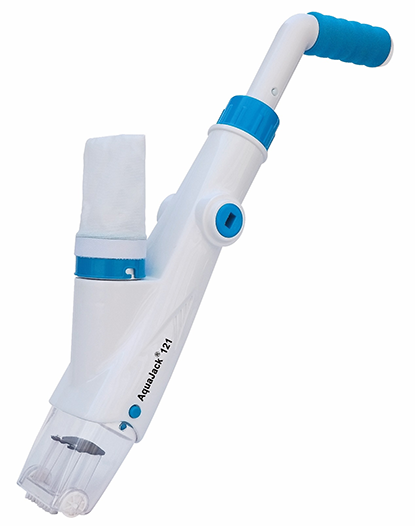
FAQ
What happens if my pool vacuum cleaner fails CE compliance testing?
If your product fails, you must address the issues identified during testing. Modify the design, retest, and update your technical file to meet EU standards.
Tip: Focus on the specific areas of non-compliance to save time and resources during retesting.
Can I self-certify my pool vacuum cleaner for CE compliance?
Yes, CE marking often allows self-certification. However, you must conduct thorough testing, prepare documentation, and ensure compliance with all applicable EU directives and standards.
Note: Hiring a certification body can simplify the process and ensure accuracy.
How long does the CE certification process take?
The timeline varies depending on product complexity and testing requirements. On average, it takes 4-12 weeks to complete the process, including documentation and testing.
Reminder: Start early to avoid delays in market entry.

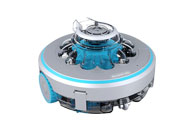 Robotic Pool Cleaner
Robotic Pool Cleaner 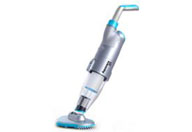 Portable Pool Vacuum Cleaner
Portable Pool Vacuum Cleaner 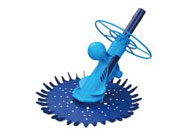 Automatic Pool Cleaner
Automatic Pool Cleaner 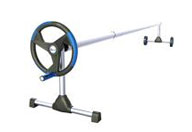 Pool Cover Reel
Pool Cover Reel 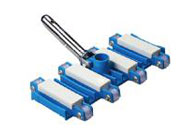 Pool Cleaning Accessories
Pool Cleaning Accessories 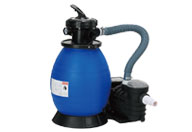 Pool Filter Pump
Pool Filter Pump 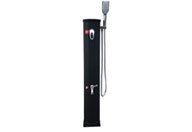 Pool Solar Shower
Pool Solar Shower 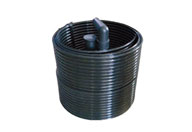 Pool Solar Collector
Pool Solar Collector 